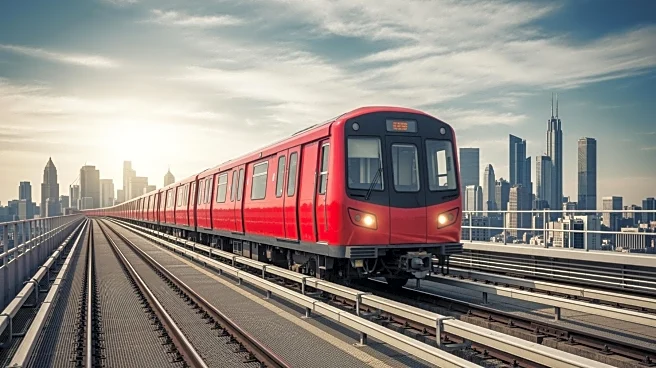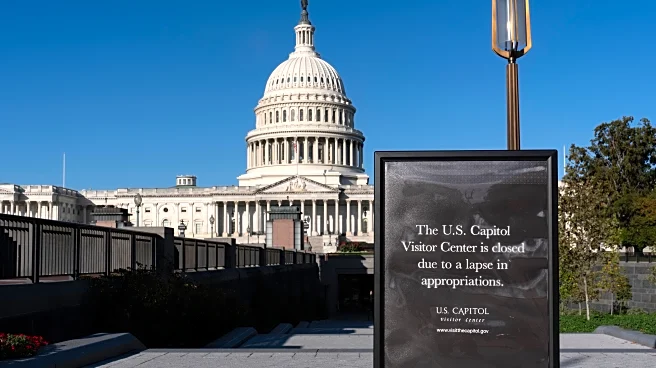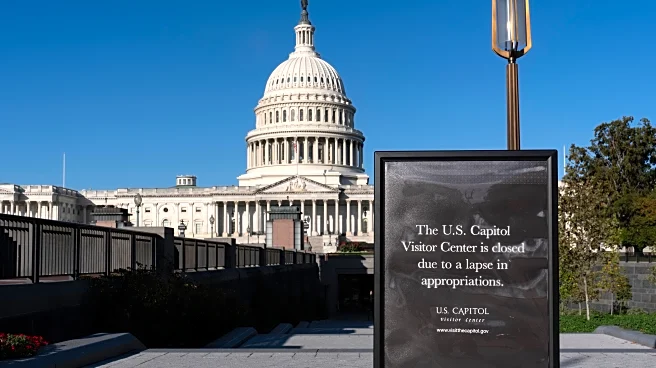What's Happening?
The Trump administration has put on hold nearly $2 billion in federal funding for the Red Line Extension on Chicago's Far South Side, a project aimed at extending the city's transit system. The extension,
which would cost $5.75 billion, has faced criticism for its high costs and potential impact on other transit priorities. Local officials express concern over the project's feasibility and the financial burden it places on the Chicago Transit Authority (CTA). The uncertainty surrounding federal funding and the push for transit reform in Springfield have reignited debates about the project's viability and cost-effectiveness.
Why It's Important?
The Red Line Extension is a significant infrastructure project that could improve transit access for underserved areas in Chicago. However, the high costs and financial implications raise questions about the project's sustainability and impact on other transit initiatives. The hold on federal funding by the Trump administration highlights the political challenges faced by infrastructure projects in Democratic-controlled cities. The situation underscores the need for careful consideration of project costs and funding sources to ensure long-term benefits for the community.
What's Next?
The future of the Red Line Extension remains uncertain as local officials and transit advocates weigh the project's costs against potential benefits. Efforts to secure federal funding may continue, but the high price tag and financial strain on the CTA could lead to calls for alternative solutions. Policymakers may need to explore cost-cutting measures or consider other transit options to address the needs of the Far South Side. The ongoing discussions in Springfield about transit reform and revenue generation will likely influence the project's trajectory.
Beyond the Headlines
The debate over the Red Line Extension reflects broader issues in urban planning and infrastructure development, including the challenges of balancing cost, political dynamics, and community needs. The project serves as a case study for the complexities involved in large-scale transit initiatives and the importance of transparent decision-making processes. The situation also highlights the role of federal funding in shaping local infrastructure projects and the impact of political decisions on urban development.












